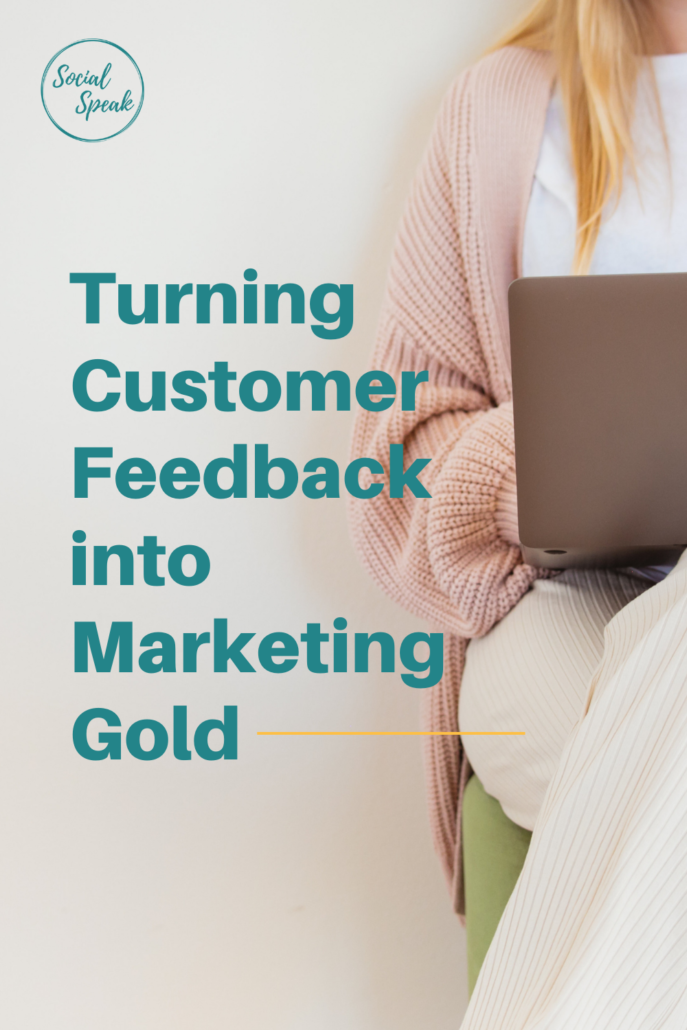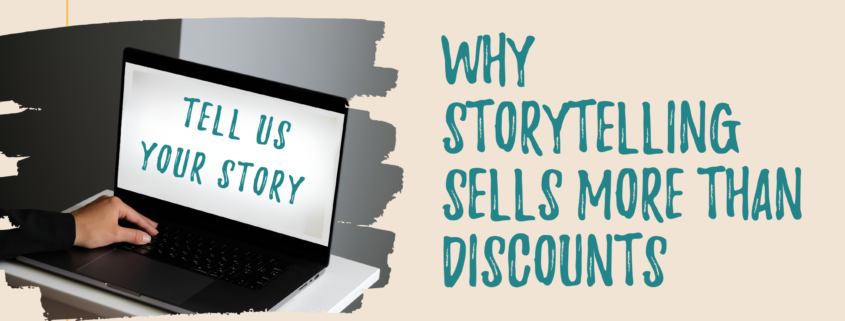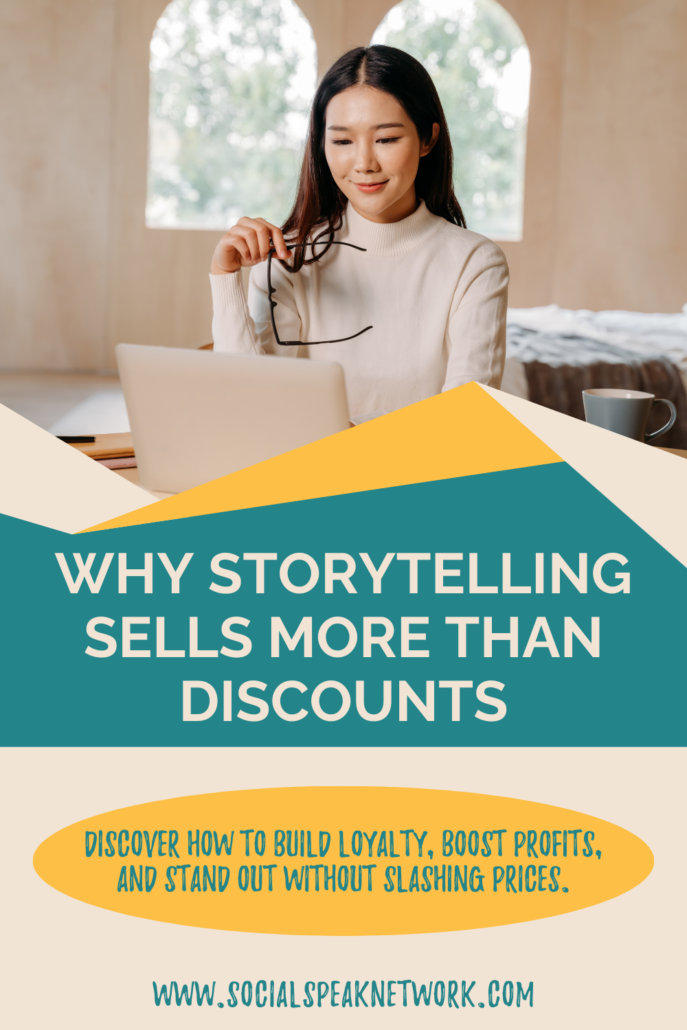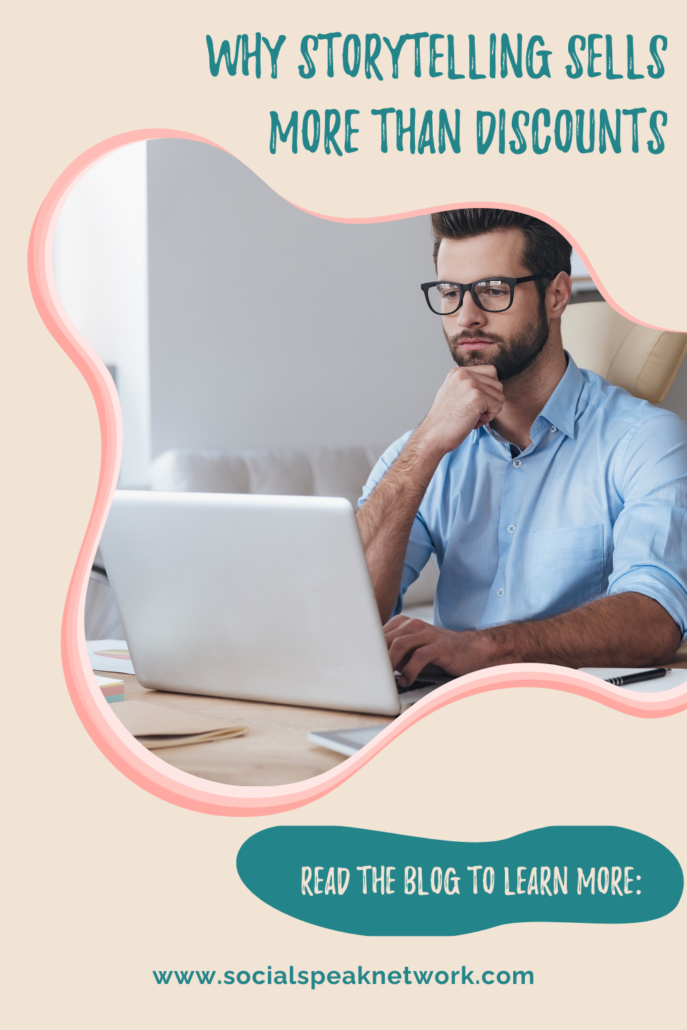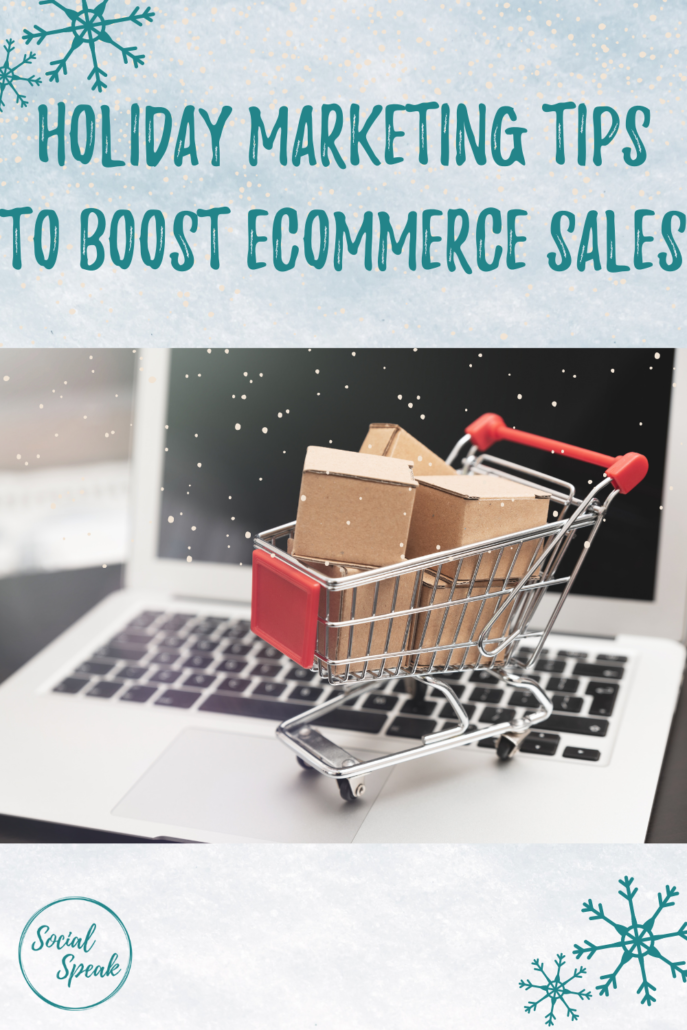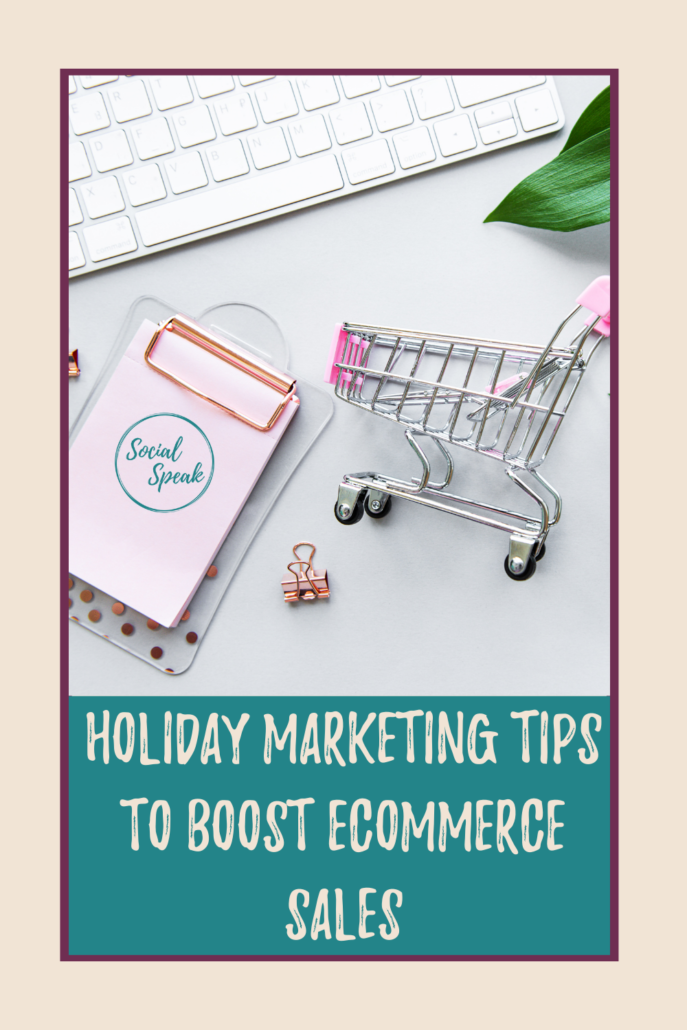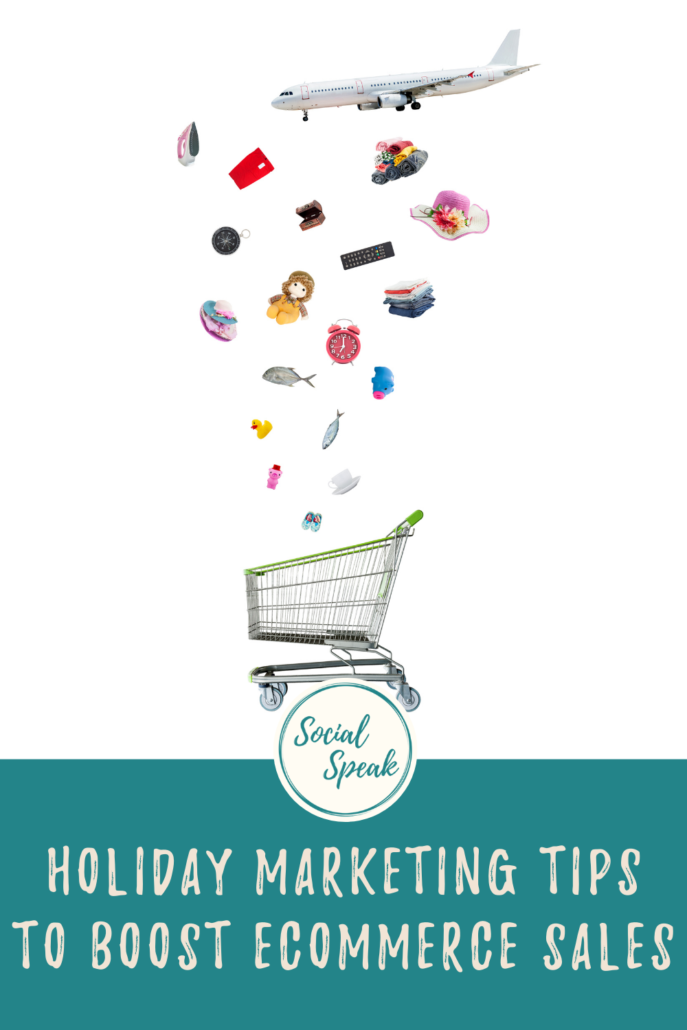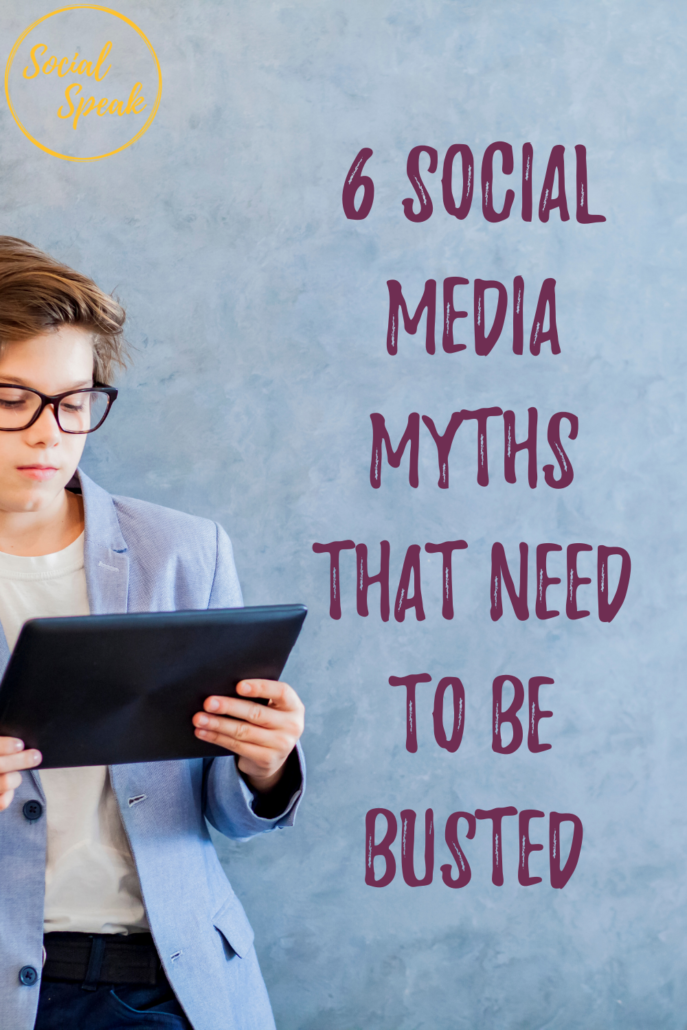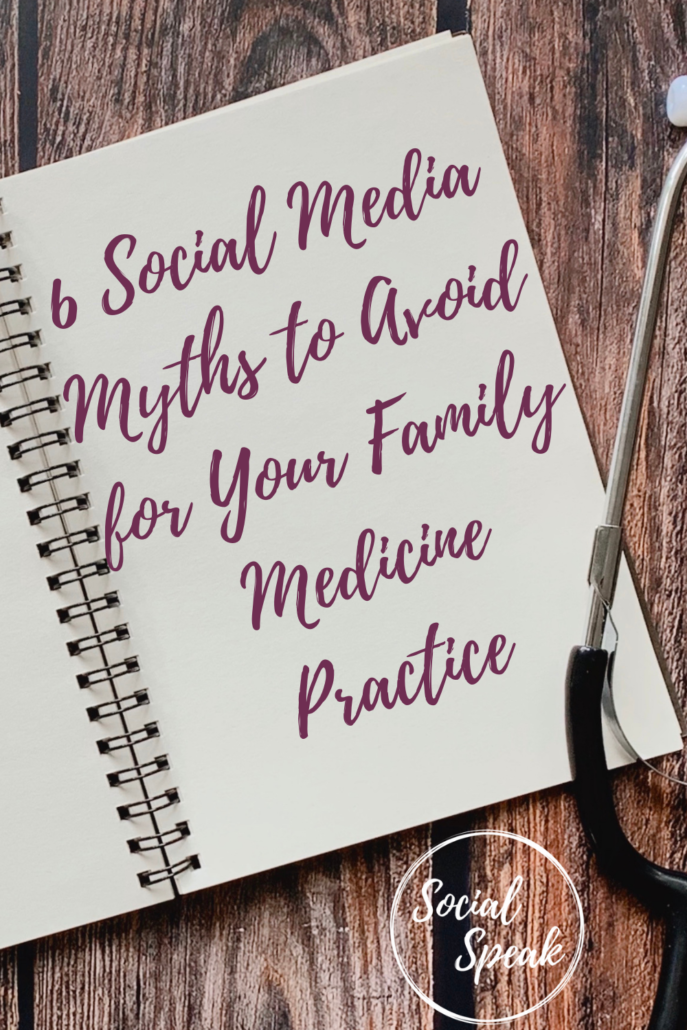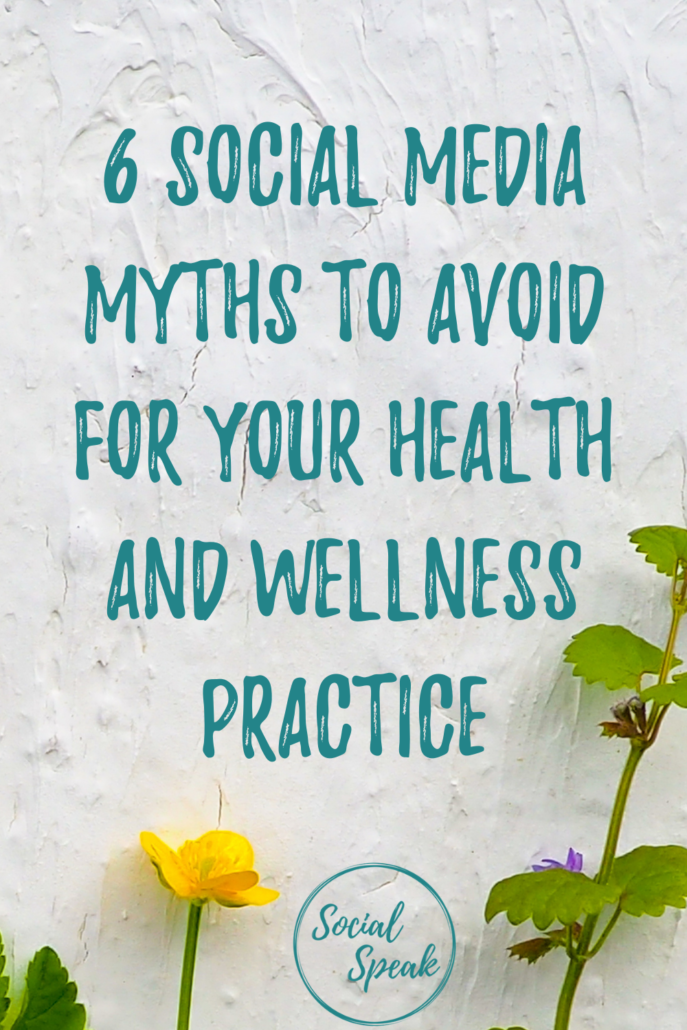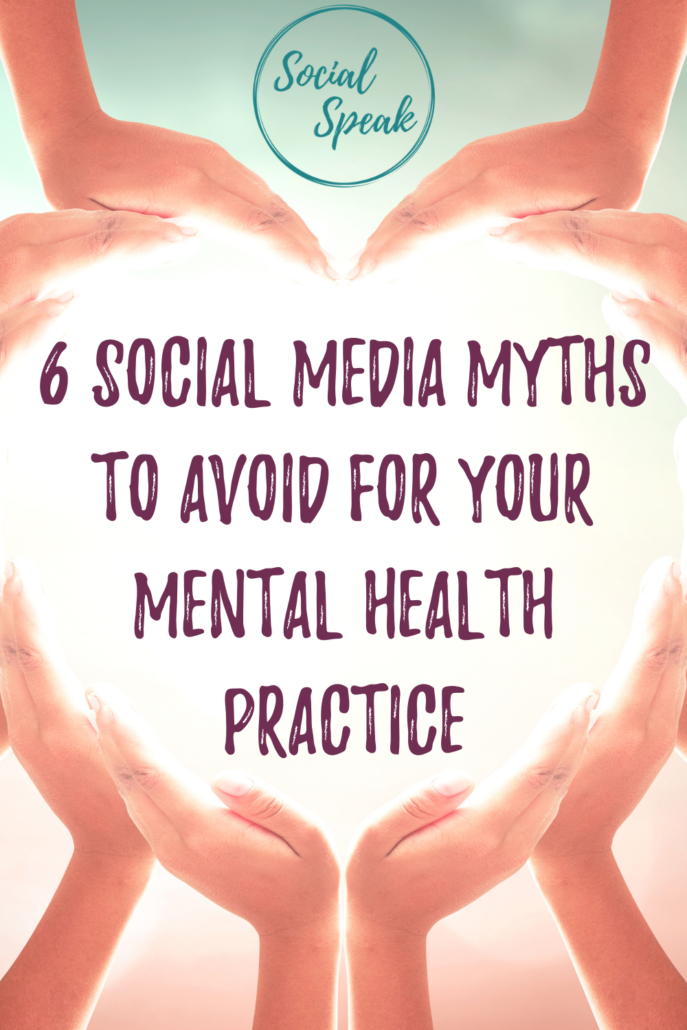When you’re running a small business, one of the hardest parts is consistently finding new customers. Social media is great for visibility, but algorithms change. Paid ads can get expensive. What you need is a reliable way to reach potential customers directly, and that’s where email comes in.
But here’s the challenge: people don’t just give away their email address for nothing. You need to give them a reason. That reason is called a lead magnet.
A lead magnet is something valuable you offer in exchange for someone’s email address. It could be a guide, a discount, or even a checklist. The goal is to attract the right people, build trust, and start relationships that can turn into sales.
In this blog, we’ll cover 10 simple lead magnet ideas you can create this week, and how to actually make them work for your business.
What Makes a Great Lead Magnet?
A great lead magnet doesn’t have to be complicated. It just needs to do three things well:
- Solve a real problem your ideal customer is facing.
- Be quick and easy to consume.
- Connect directly to the product or service you sell.
For example, if you’re a fitness coach, a “5 Healthy Breakfasts Under 10 Minutes” checklist could be a great choice. It solves a problem (what to eat), is easy to read, and ties back to your fitness programs.
10 Simple Lead Magnet Ideas for Small Businesses
1. Checklist
A checklist is one of the simplest yet most effective lead magnets. People love them because they’re quick, actionable, and give an immediate sense of progress.
Examples:
- A real estate agent could share “10 Things to Do Before Selling Your Home.”
- A wedding planner could create “The Ultimate Wedding Day Checklist.”
2. Template
Templates save people time and effort by giving them a ready-made structure they can follow. They’re especially powerful if your audience struggles with getting started.
Examples:
- A social media manager could share a “7-Day Instagram Caption Template.”
- A financial coach could offer a “Monthly Budgeting Template.”
3. Quick Guide or Mini eBook
Guides and eBooks allow you to show your expertise while helping your audience solve a specific problem. Unlike a long book, a mini guide is short, easy to read, and practical.
Examples:
- A skincare brand could offer “The Beginner’s Guide to Choosing the Right Skincare Routine.”
- A bakery could share “The Home Baker’s Guide to Perfect Cupcakes.”
4. Discount Code
Discounts are a classic lead magnet for a reason. They provide instant value and encourage first-time buyers to take action right away.
Examples:
- A boutique clothing store could give “10% Off Your First Order.”
- A local gym could offer “First Month Free When You Join Today.”
5. Quiz
Quizzes are engaging because they’re fun, interactive, and personalized. They also give you insights into what your audience needs.
Examples:
- An interior designer could create “What’s Your Home’s Décor Personality?”
- A nutrition coach could build “Find Your Perfect Meal Plan Quiz.”
6. Free Consultation or Discovery Call
Offering your time for free can be a powerful trust-builder. It lets potential clients experience your value before committing to your services.
Examples:
- A marketing consultant could offer a “Free 15-Minute Strategy Call.”
- A financial advisor could give a “Complimentary Retirement Planning Review.”
7. Resource List or Tools Guide
People want shortcuts, and a curated list of tools or resources saves them hours of searching. This positions you as both helpful and knowledgeable.
Examples:
- A freelancer could share “5 Free Tools Every Small Business Owner Should Use.”
- A travel agent could create “Top 10 Packing Essentials for Stress-Free Trips.”
8. Worksheet or Planner
These interactive tools help your audience take action immediately, which makes them more likely to see results and remember your business.
Examples:
- A nutritionist could create a “Weekly Meal Planning Worksheet.”
- A life coach could design a “Daily Productivity Planner.”
9. Video Tutorial or Training
Videos feel personal and are often easier to understand than written content. They’re especially powerful for businesses that demonstrate skills or show results visually.
Examples:
- A bakery could share a “5-Minute Video: How to Decorate Cupcakes Like a Pro.”
- A fitness coach could create “3 Easy At-Home Workouts for Busy Professionals.”
10. Case Study or Success Story
Case studies prove your expertise by showing real results. They help potential customers picture themselves achieving similar outcomes.
Examples:
- A business coach could share “How One Client Doubled Their Sales in 30 Days.”
- A cleaning service could showcase “How We Transformed This Office in Just 2 Hours.”
How to Make Your Lead Magnet Work
Creating a lead magnet is only half the battle. To make it truly effective, you need to set it up properly and ensure it works for you around the clock.
Promoting Your Lead Magnet
Your lead magnet only works if people can find it. Promote it everywhere: on your website homepage, in blog posts, across social media, inside your email signature, and even during events. The more visibility it has, the more sign-ups you’ll get.
Keeping the Sign-Up Process Simple
Don’t overcomplicate it. If you ask for too much information up front, people won’t sign up. Keep it to the basics. Usually, just a name and email address are enough. The goal is to reduce friction so it’s easy to say yes.
Following Up with an Email Sequence
The lead magnet is just the start. What matters most is how you follow up. Send a welcome sequence that introduces who you are, explains how you can help, and shares more valuable content. Then, naturally guide your subscribers toward your products or services.
Making Sure It Connects to Your Business
The biggest mistake small business owners make is offering a lead magnet that has nothing to do with what they sell. Your freebie should attract people who are interested in what you actually offer.
For example, if you run a bakery, don’t give away a free guide on digital marketing. Stick to something like recipes or baking tips.
Final Thoughts
Lead magnets are one of the simplest and most effective ways to grow your audience and build lasting relationships with potential customers. You don’t need to spend weeks creating them. With just a bit of effort, you can launch one in a few days and attract the right people to your business.
So, instead of waiting for new customers to stumble upon you, create a lead magnet this week and start building your list.
Need help creating the right lead magnet and setting up your email funnel? Schedule a free consultation with us today, and let’s make it happen.





